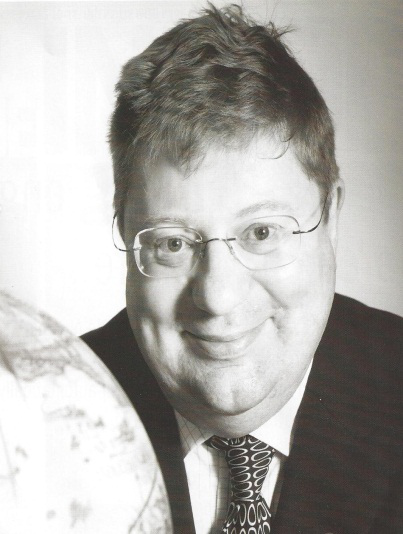 Biograph: Hugh Griffiths holds the THALES/Royal Academy Chair of RF Sensors in the Department of Electronic and Electrical Engineering at University College London, England. From 2006–2008 he served as Principal of the Defence Academy College of Management and Technology. He received the MA degree in Physics from Oxford University in 1975, then spent three years working in industry, before joining University College London, where he received the PhD degree in 1986 and the DSc(Eng) degree in 2000, and served as Head of Department from 2001–2006.
Biograph: Hugh Griffiths holds the THALES/Royal Academy Chair of RF Sensors in the Department of Electronic and Electrical Engineering at University College London, England. From 2006–2008 he served as Principal of the Defence Academy College of Management and Technology. He received the MA degree in Physics from Oxford University in 1975, then spent three years working in industry, before joining University College London, where he received the PhD degree in 1986 and the DSc(Eng) degree in 2000, and served as Head of Department from 2001–2006.
He served as President of the IEEE AES Society for 2012/13. His research interests include radar systems and signal processing (particularly bistatic radar and synthetic aperture radar), and antenna measurement techniques. He serves as Editor-in-Chief of the IET Radar, Sonar and Navigation journal. He has published over five hundred papers and technical articles in the fields of radar, antennas and sonar. He has received several awards and prizes, including the IEEE Picard Medal (2017), IET Achievement Medal (2017), the IEEE AES Mimno Award (2015), the IET A.F. Harvey Prize (2012) and the IEEE AES Nathanson Award (1996). He is a Fellow of the IET (previously IEE), Fellow of the IEEE, and in 1997 he was elected to Fellowship of the Royal Academy of Engineering.
Title:Clutter Diversity: a new degree of freedom in multistatic radar
Abstract: Radar clutter has been studied since the earliest days of radar, and sophisticated models have been developed and used to predict and to optimize radar detection performance. However, the behaviour of radar clutter in bistatic configurations is much less well understood, both because such measurements are difficult to make and because the clutter depends on many variables. Experimental measurements with the NetRAD and NeXtRAD radars developed by University College London (UCL) and the University of Cape Town (UCT) have shown that bistatic sea clutter may be less ‘spiky’ (i.e. shorter-tailed) than the equivalent monostatic clutter, which means there may be a sensitivity advantage in detecting weak targets against such clutter.
We believe that the radars of the future will be distributed, intelligent, multistatic and spectrally-efficient. This may allow us to take advantage of the additional degree of freedom associated with the bistatic geometry. We have named this effect ‘clutter diversity’.
The presentation will describe the measurements and results, and speculate on other advances that will be necessary to realize an intelligent, adaptive radar network.